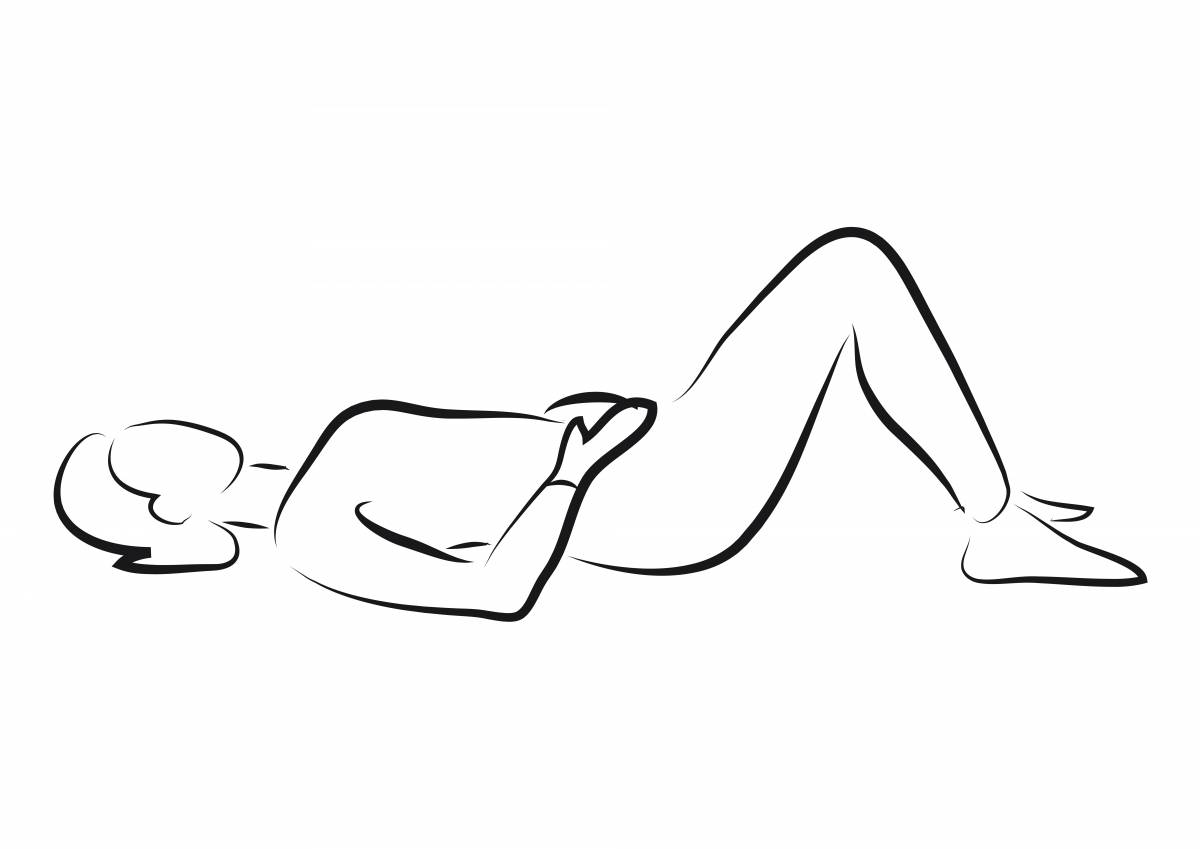Some physios feared their professional identity faced a 'threat' from pelvic health training scheme
Professional turf wars – in which physiotherapists and other clinicians fear their roles will be diluted and taken over by less-qualified workers – can be overcome, according to a case study appearing on a website dedicated to promoting the benefits of healthcare research.
An ‘alert’ focusing on pelvic floor muscle training (PFMT) for women and published on the National Institute for Health Research’s (NIHR) website over the summer explains how this was achieved in a number of NHS trusts.

... highlighting the need for PFMT services and utilising a triage model to ensure care quality may be ways to counteract the identity concerns among specialists [Purva Abhyankar, in NIHR commentary]
University of Stirling-based psychology lecturer Purva Abhyankar led a multi-site study in which specialist physios trained other healthcare staff – including nurses and non-specialist physios – to carry out PFMT programmes.
In a commentary on the findings for the NIHR, Dr Abhyankar writes: ‘In some settings, specialist staff sensed a threat to their professional identity and had concerns about impact on care quality.
‘While this resistance to change and “role protection” is neither new nor surprising, it was interesting that in some sites, these issues were counteracted by the great need for PFMT services.'
Dr Abhyankar said the 'need' for PFMT services acted as a 'key driver' for trying out new models of delivery. 'As a result, rural settings with little access to services or areas which lacked a specialist physiotherapy service were keen to adapt. So, highlighting the need for PFMT services and utilising a triage model to ensure care quality may be ways to counteract the identity concerns among specialists.’
A physiotherapist's viewpoint
In a separate commentary Carolyn Lindsay, lead senior physiotherapist with Chesterfield Royal Hospital NHS Trust, said the study’s findings were promising: ‘Commissioning this care across a wider group of practitioners would result in more women having appropriate access.’
Ms Lindsay also voiced optimism that the rigid boundaries that have traditionally separated staff groups might gradually disappear. But at present, she said, it can be ‘difficult to change roles and usual practice, partly due to clinical pressures on different staff groups and the difficulty in setting up training and continued mentoring'.
Ms Lindsay added: ‘It’s a good concept though, and as staff become more comfortable with interprofessional working or generic skills working, concepts such as this may be adopted more readily. A similar strategy may be needed to adequately provide pelvic floor rehabilitation to postnatal women.'
What a patient in the study said
'I’m not glad that I’ve got a prolapse, but I’m glad I’ve had the experience of discussing it with the physios, and being shown how to do the exercises probably better than I would have done them without any intervention by physios. So my experience is a very positive one.'
What the NIHR says:
- two million women in the UK have symptoms of prolapse and could benefit from the training model
- only about 800 specialist women’s health physiotherapists are currently available able to deliver it in the UK
The PFMT programme study was funded by the NIHR’s health services and delivery research programme. An open-access paper on the study, with Dr Abhyankar named as lead author, was published in 2020.
It was titled Implementing pelvic floor muscle training for women with pelvic organ prolapse: a realist evaluation of different delivery models See: https://bmchealthservres.biomedcentral.com/articles/10.1186/s12913-020-05748-8
The NIHR ‘alert’ is available to read in full here: https://evidence.nihr.ac.uk/alert/pelvic-floor-muscle-training-for-prolapse-delivered-by-non-specialists/
A guide titled The Pelvic Floor Muscles: a guide for women is available in PDF format from the Pelvic Obstetric and Gynaecological Physiotherapy professional network. Visit: https://pogp.csp.org.uk/system/files/publication_files/POGP-PelvicFloor.pdf
Author: Ian A McMillanShare it with














